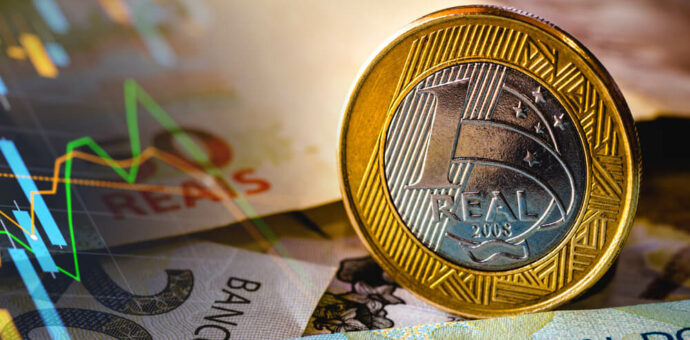Adopting digital currencies is already a reality in some cities in Brazil. Three locations in the country use a digital asset pegged to the Real to distribute income to the needy population.
Although not using blockchain technology, the Aratu, Cumbuca, and Amigos do IGV currencies are projects which have developed an asset that works through digital transactions.
While the Central Bank does not develop the digital real, institutions have developed digital currencies to promote the distribution of social benefits, in addition to heating up the local economy.
Mumbuca (Maricá-RJ)
The city of Maricá, in Rio de Janeiro, has developed the digital currency Mumbuca. With the price pegged to the real, each unit of the asset costs R$ 1,00 and can be used in local businesses. The social currency was created in 2013 to lift the population out of extreme poverty.
More than 42 thousand people have used Mumbuca in the city. One of the reasons was the distribution of the asset by the municipal government, creating a basic income program in the region with the equivalent value of R$ 170,00 for the neediest population.
Besides the social currency that works using a magnetic card, the city created a bank to promote the use of the asset, which is already accepted on 18 thousand business premises.
Aratu (Indiaroba-SE)
Just like Mumbuca, the small town of Indiaroba, in Sergipe, is developing its digital currency. Called Aratu, the asset was inspired by a small crab that exists in the city.
The Aratu was transformed into a social currency created by the city government to promote income distribution, strengthening the local economy. The currency works through a bank and is accepted in the city’s commerce.
The resources of the social currency are allocated by contracts signed between the city government and companies that provide services to the city. In each contract, 1% of the value is destined to foment the Aratu project.
Amigos of IGV (Florianópolis-SC)
An NGO (Non-Governmental Organization) from Florianópolis, Santa Catarina, created the digital currency Amigos do IGV. The Instituto Pe. Vilson Groh (IVG) is responsible for the project, which has already helped more than 20 thousand people in initiatives to fight hunger.
The NGO uses the social currency to distribute benefits to people living in communities in the capital of Santa Catarina. In total, the project has already distributed R$ 600.000,00 thanks to the asset Amigos of IGV. Donations maintain the project, and 53 business premises already accept the digital currency in the region.
In addition to the digital currencies created for these social projects, Brazilians also use the BRZ, a crypt asset pegged to the real, the largest non-dollar stablecoin in the world. Increasingly consolidated in the market, the BRZ opens up several opportunities for those who want to invest abroad or companies that want to operate in Brazil.







